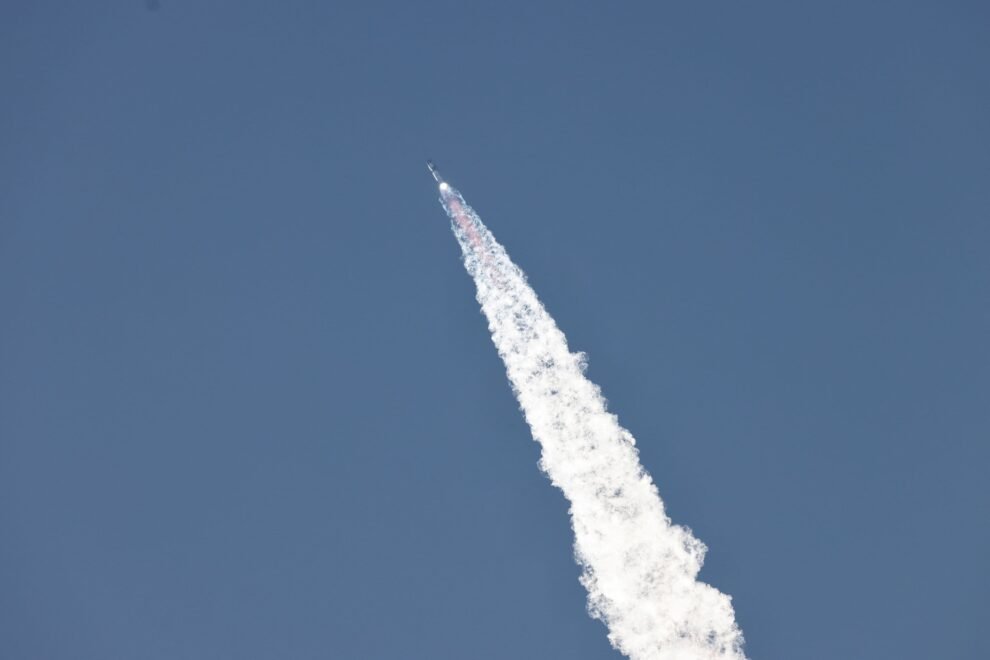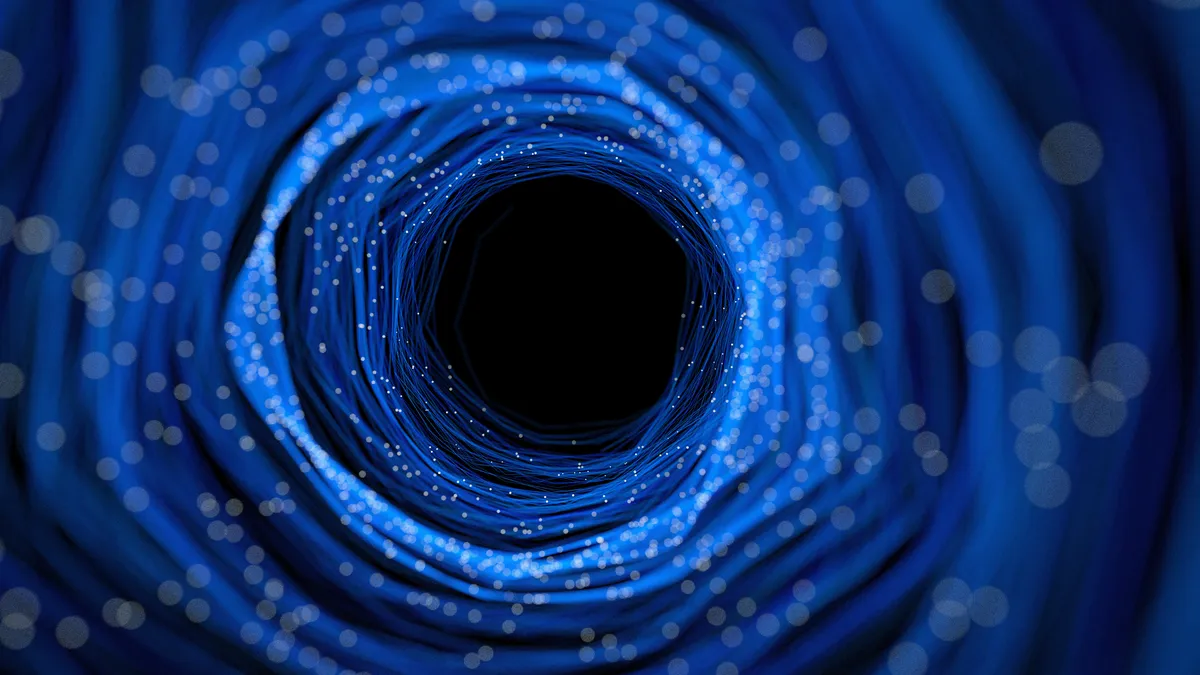In the rapidly evolving landscape of space exploration, SpaceX’s recent developments with its Starship launch system have captured the attention of both enthusiasts and critics alike. Dubbed as a groundbreaking venture into the future of interplanetary travel, the latest tests of this colossal rocket system have been both a display of technological prowess and a reminder of the formidable challenges that lie ahead.
SpaceX conducted its first full-scale static fire test of the Starship rocket, marking a significant milestone for the program. Despite the overall success of this demonstration, it’s notable that two of the booster’s 33 Raptor engines did not participate, raising questions about the robustness of the system. This test took place at SpaceX’s Starbase facility in Boca Chica, Texas, and showcased the potential of what is poised to be the most revolutionary rocket ever built. The Starship program aims not just for Mars colonization but also for more immediate goals like Earth orbit, lunar missions, and significantly expanding SpaceX’s satellite constellation.
Following the lessons learned from its inaugural flight, which resulted in considerable damage to the launch pad due to the absence of a flame diverter or water deluge system, SpaceX introduced a powerful deluge system. This new addition, tested for the first time in July, is designed to mitigate the impact of the rocket’s ignition on the surrounding infrastructure, projecting the capability to spray up to 350,000 gallons of water to manage the acoustic shock and thermal effects of liftoff. This move is among over a thousand improvements aimed at enhancing the reliability and safety of the Starship system.
The anticipation for the Starship’s capabilities is high, with SpaceX envisioning a future where this vehicle supports human missions to Mars, alongside other significant objectives like supporting NASA’s Artemis missions to the Moon. The rocket, with its 33 Raptor engines, stands as a testament to SpaceX’s ambition, capable of generating unprecedented thrust and potentially transforming space travel.
In a recent development, the FAA cleared SpaceX for a second Super Heavy-Starship test flight, setting the stage for another critical examination of the rocket’s capabilities. This test aimed to demonstrate significant improvements and over a thousand upgrades made to the system following its earlier test flight mishaps. The goals were ambitious, including a looping trajectory around Earth culminating in a splashdown in the Pacific Ocean. Despite the setbacks faced in its maiden flight, SpaceX’s commitment to refining its system underscores a relentless pursuit of innovation.
This journey of SpaceX’s Starship is a vivid reminder of the complexities inherent in pushing the boundaries of space exploration. With each test, success, and setback, SpaceX inches closer to its vision of making human life multiplanetary, demonstrating the indomitable spirit of exploration and innovation that drives the space industry forward.

















Add Comment